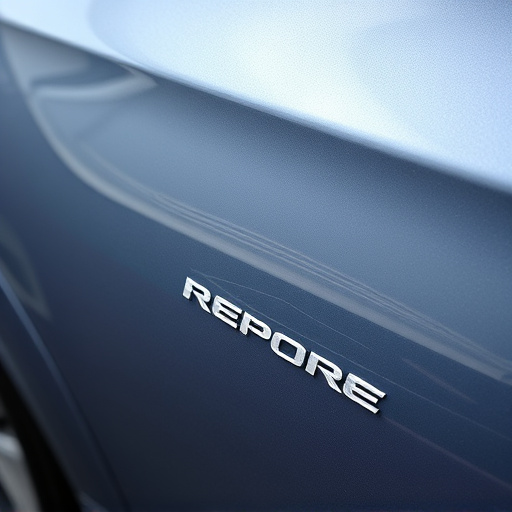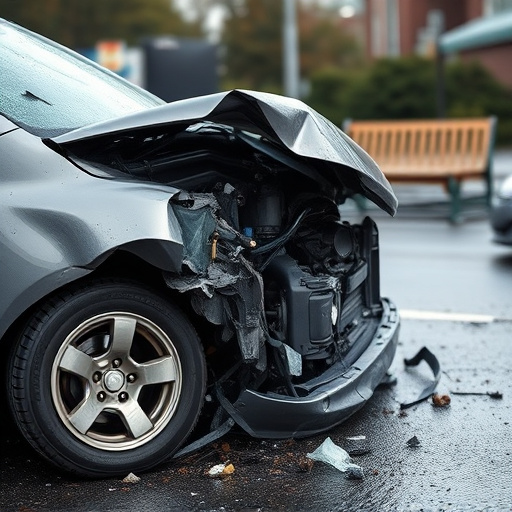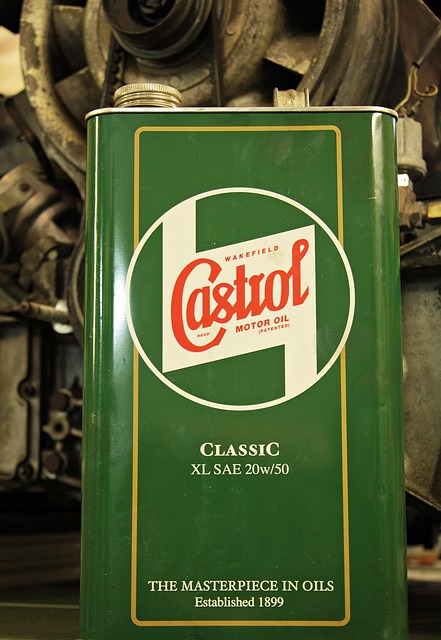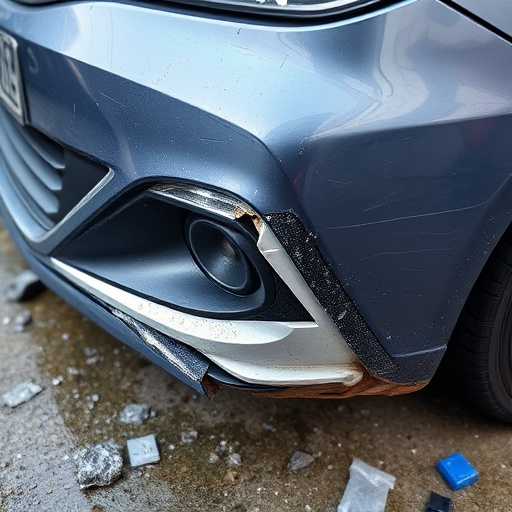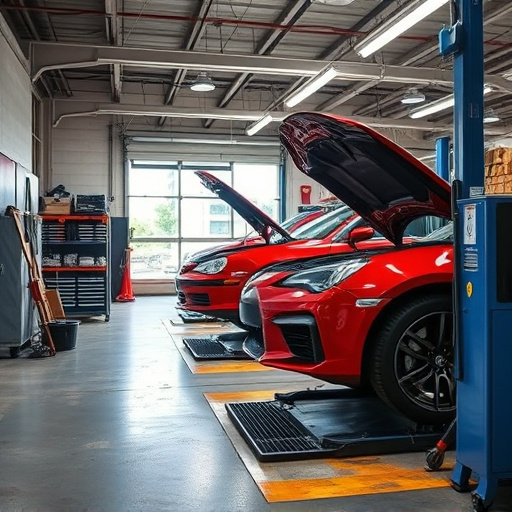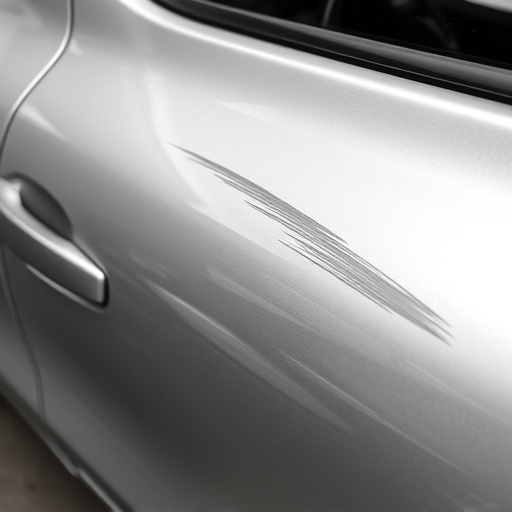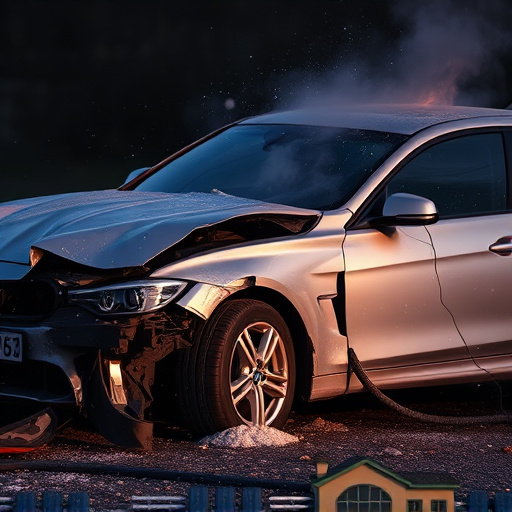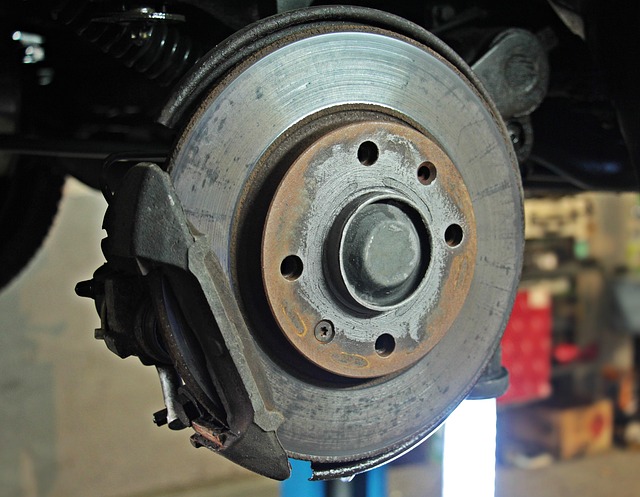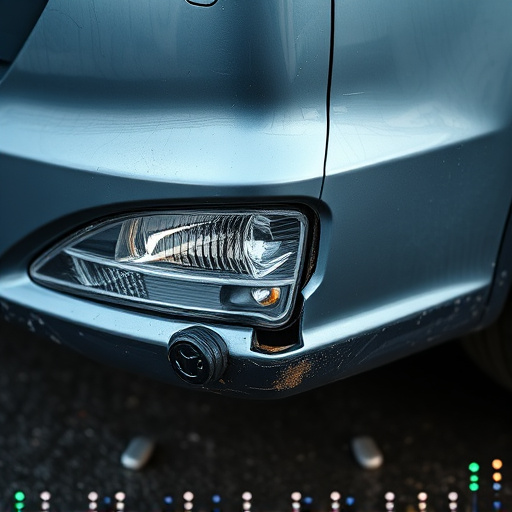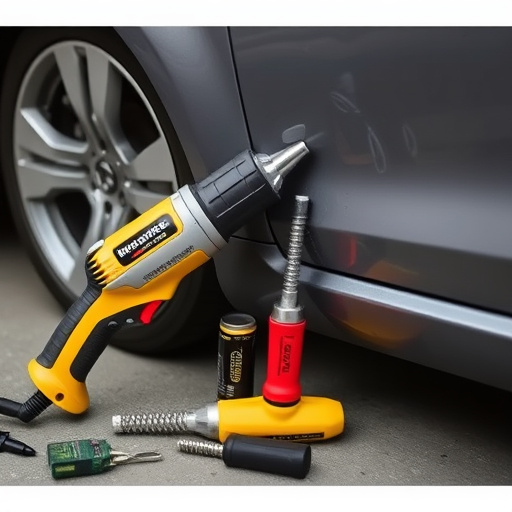Detailing after a collision is crucial for both safety and hygiene. It involves a thorough inspection of every car part, from cosmetic dents to internal components, ensuring structural integrity and enhancing safety features. This process goes beyond aesthetics, sanitizing interiors and verifying electronic functionality, creating a safer and healthier driving environment, especially important for fleet vehicles.
After a collision, vehicle owners often focus on visible damage. However, detailed post-collision care significantly impacts safety and hygiene beyond surface repairs. This article explores how thorough detailing restores not just aesthetics but also structural integrity, providing peace of mind. We delve into the process, from identifying hidden damage to enhancing safety features and ensuring a hygienic interior. Understanding the importance of detailing after collision can prevent future risks and ensure your vehicle’s longevity.
- Understanding Collision Damage and Its Visibility
- The Role of Detailing in Restoring Structure and Peace of Mind
- Enhancing Safety and Hygiene: Beyond the Visible Repairs
Understanding Collision Damage and Its Visibility

When a vehicle experiences a collision, it’s crucial to assess the extent of the damage before deciding on repair methods. Collision damage can vary widely, from noticeable dents and scratches on the exterior to more subtle internal issues with components like frames and safety systems. However, even seemingly minor impacts can have unforeseen consequences if not addressed properly.
Proper detailing after a collision goes beyond cosmetic fixes. It involves meticulous inspection of every part of the vehicle body shop, including areas that might seem hidden or inaccessible. This process is vital to ensuring both vehicle safety and hygiene. By identifying and rectifying all damage, whether it’s a bent panel, misaligned frame, or compromised structural integrity, automotive body work experts can restore the car to its pre-collision condition, enhancing safety features and preventing potential hazards that could go unnoticed without thorough examination.
The Role of Detailing in Restoring Structure and Peace of Mind
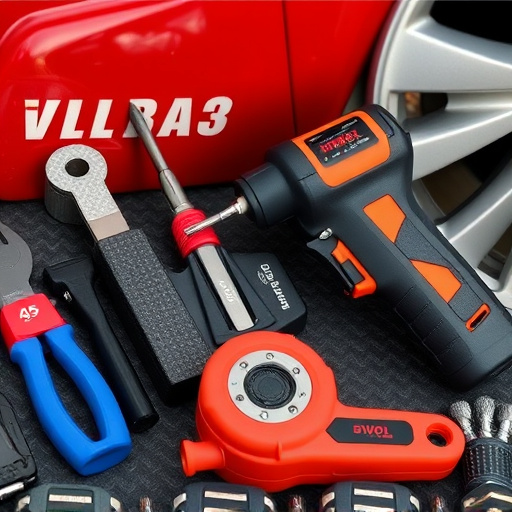
After a collision, whether it’s a minor fender bender or a severe crash, the vehicle’s structural integrity is compromised. Detailing plays a crucial role in restoring this integrity and providing peace of mind for the owner. It goes beyond simply making the car look good; it ensures that all components are securely fastened, and any hidden damage is identified and rectified.
Detailing after collision repair involves meticulous attention to detail, from checking and replacing parts like fenders, bumpers, and panels to using specialized tools and techniques to blend in repairs seamlessly with the original body. This process not only enhances the car’s appearance but also guarantees its safety. For instance, a Mercedes-Benz collision repair specialist would employ advanced techniques to ensure that the vehicle retains its structural strength and stability, making it safe to drive again on the road.
Enhancing Safety and Hygiene: Beyond the Visible Repairs
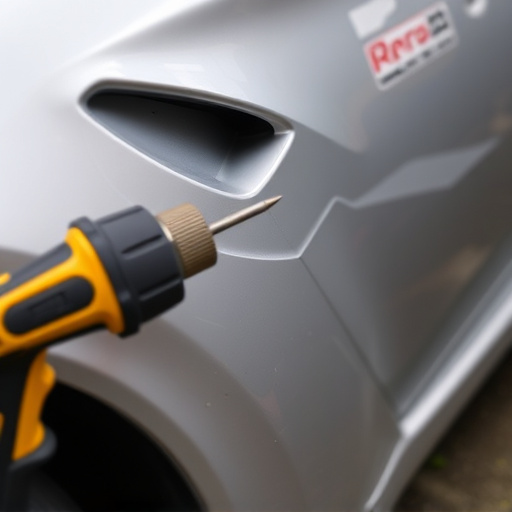
Detailing after a collision goes beyond merely restoring a vehicle’s exterior to its pre-accident condition; it plays a pivotal role in enhancing both safety and hygiene for several reasons. While visible repairs like dent removal, scratch repair, and painting services are crucial, detailing also involves addressing internal components that might have been affected during the impact. This meticulous process includes thoroughly cleaning and sanitizing surfaces that come into contact with occupants regularly, such as seats, dashboards, and door panels. By eliminating germs, bacteria, and other contaminants, detailing contributes to a healthier driving environment, which is especially significant for individuals with compromised immune systems or those who spend extended periods in their vehicles.
Moreover, detailing after a collision can improve safety by ensuring that all sensors, cameras, and lights—often located on the exterior and interior of the vehicle—are functioning optimally. Car paint services may restore the aesthetic appeal of a vehicle, but detailed inspection during this process can uncover potential issues with structural integrity or electronic components that could impact overall safety. Fleet repair services, for instance, should prioritize not only the visible repairs but also these underlying systems to guarantee that vehicles are safe and hygienic for all passengers and drivers.
Detailing after a collision isn’t just about making a car look good; it’s a crucial step in ensuring vehicle safety and hygiene. By addressing hidden damage and enhancing structural integrity, detailing plays a vital role in preventing future accidents and maintaining a clean, safe driving environment. Investing in quality detailing post-collision can be a game-changer, offering peace of mind and contributing to the overall longevity of your vehicle.

